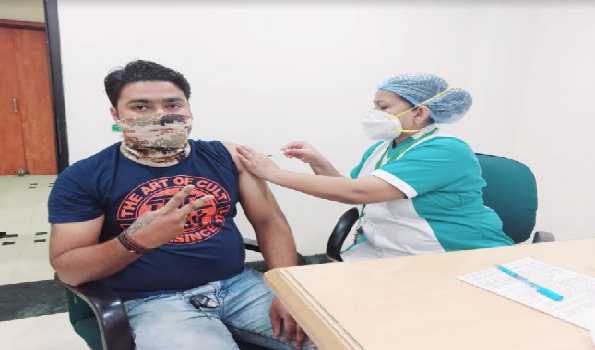Cancer Treatment Aligned With Body Clock May Boost Outcomes: Study

New Delhi, Aug 24: Time of day when medications are administered can have a significant impact on cancer treatment outcomes, claimed a study.
Researchers at Charite-Universitatsmedizin Berlin, Germany explained that it is because human bodies follow the cycle set by their internal clock, also known as circadian rhythm.
To tailor medication schedules to an individual patient’s body clock, the team developed a method for determining the optimum time of cancer treatment. The method, based on certain breast cancer cell lines, is described in the journal Nature Communications.
The internal clock in the human body sets the rhythm for different bodily functions and metabolic processes, such as sleep and digestion.
In addition to organs that depend on the body’s clock, individual cells also follow the cycle and respond differently to external influences at different times of the day.
“This is hugely important to chemotherapy administered to treat cancer,” said the researchers.
Previous studies have shown that chemotherapy is most effective when the tumour cells are dividing. However, this finding has been hardly used at all in clinical treatment to date. The new study aimed to close this gap.
They began with triple-negative breast cancer — a highly aggressive form of breast cancer, with few effective treatments available
They cultured cells from patients with triple-negative breast cancer to understand how they respond at different times of day to the medications administered.
The researchers identified certain times of the day — between eight and ten a.m. — at which cancer cells are most responsive to chemotherapeutic drug 5-fluorouracil (5-FU).
The team could even identify genes crucial to the circadian effects of certain medications.
The novel approach can help pave the way for personalised treatments for different types of cancer based on individual circadian rhythms, the team said, while calling out for more research to validate the study results.
–IANS






